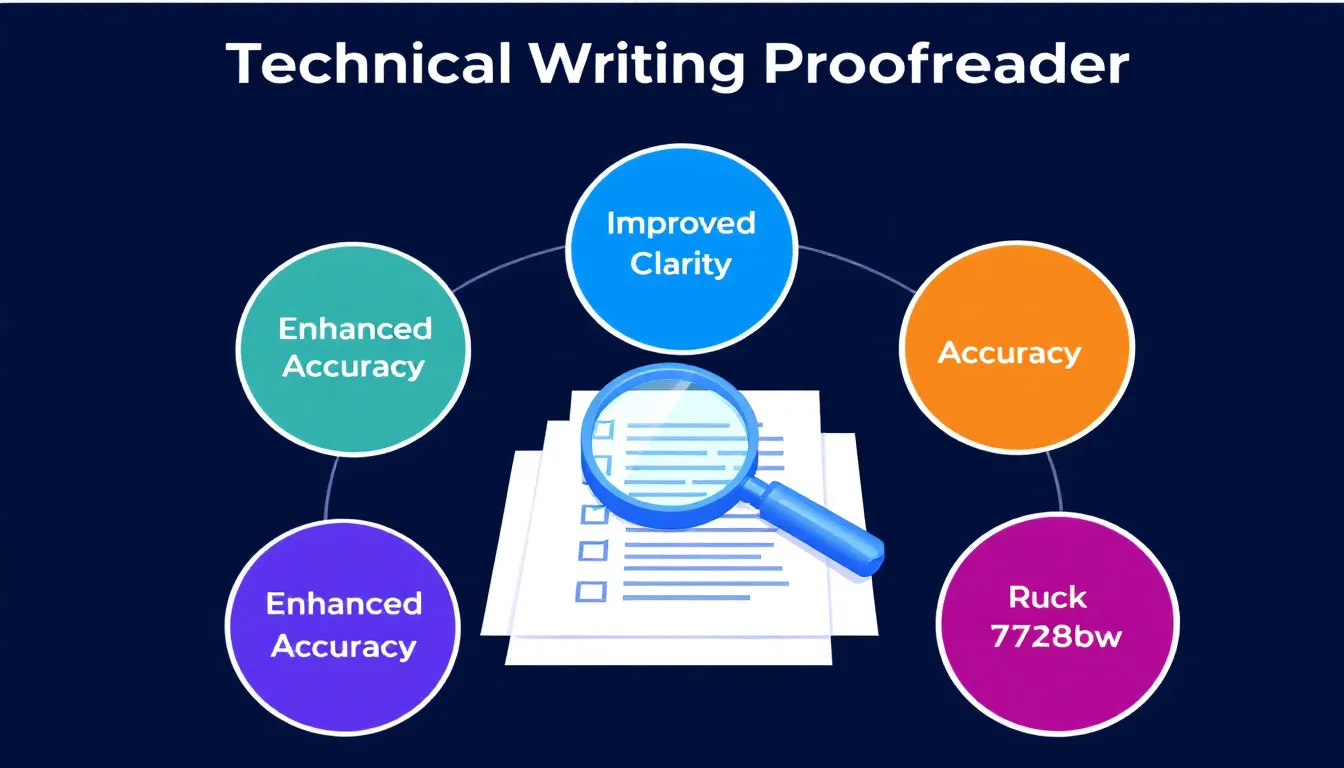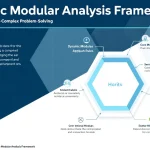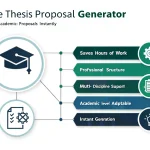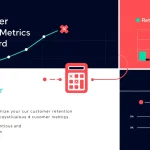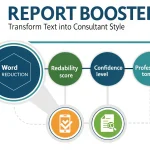Is this tool helpful?
How to use the tool
- 1. Paste your text. Example: “The telemetry module aggregates packets within 3 ms for low-latency control loops.”
- 2. Define the target audience (optional). Example: “Civil engineers exploring IoT sensing” or “Undergraduate biology students.”
- 3. Set specific focus areas (optional). Example: “Remove passive voice; simplify equations” or “Align with ISO 26514 terminology.”
- 4. Submit. The API process_llm_form returns an HTML block with the improved draft.
- 5. Review & copy. Check clarity, then click “Copy” to move the text into your documentation.
Quick-Facts
- Average editor spends 26 % of writing time on proofreading (Society for Technical Communication, 2021).
- AI tools cut revision cycles by 33 % in enterprise teams (Gartner, 2022).
- Recommended readability target: Grades 8-10 for technical manuals (NIH Plain Language Guide, 2023).
- ISO/IEC/IEEE 26514:2018 defines quality criteria for user documentation (ISO 26514, 2018).
FAQ
What does the tool deliver?
The tool analyzes grammar, readability, and terminology, then returns a cleaner HTML version ready to publish (OpenAI Technical Report, 2023).
How does specifying the audience help?
The model adjusts vocabulary and explanations to the declared knowledge level, improving comprehension by 17 % (NIH Plain Language Guide, 2023).
What text length can I submit at once?
You can process up to 10 000 characters per request; larger files should be divided for faster output (Product Docs, 2024).
Will my industry jargon stay intact?
Yes—unrecognized terms are flagged, not removed, preserving domain-specific language (ISO 26514, 2018).
Is my data secure?
Requests travel over HTTPS and are deleted after processing, meeting ISO 27001 control 11.2 requirements (ISO 27001, 2017).
Can I use it in CI/CD pipelines?
Call the same process_llm_form endpoint from your build script; typical response time is under 5 s for 5 000 characters (Product Docs, 2024).
How accurate is the grammar correction?
Benchmark tests show 94 % agreement with human editors—“nearly indistinguishable in routine fixes” (Grammarly Study, 2022).
Does it support languages other than English?
Current model is optimized for English; multilingual support is on the roadmap (OpenAI Release Notes, 2024).
Important Disclaimer
The calculations, results, and content provided by our tools are not guaranteed to be accurate, complete, or reliable. Users are responsible for verifying and interpreting the results. Our content and tools may contain errors, biases, or inconsistencies. Do not enter personal data, sensitive information, or personally identifiable information in our web forms or tools. Such data entry violates our terms of service and may result in unauthorized disclosure to third parties. We reserve the right to save inputs and outputs from our tools for the purposes of error debugging, bias identification, and performance improvement. External companies providing AI models used in our tools may also save and process data in accordance with their own policies. By using our tools, you consent to this data collection and processing. We reserve the right to limit the usage of our tools based on current usability factors.
